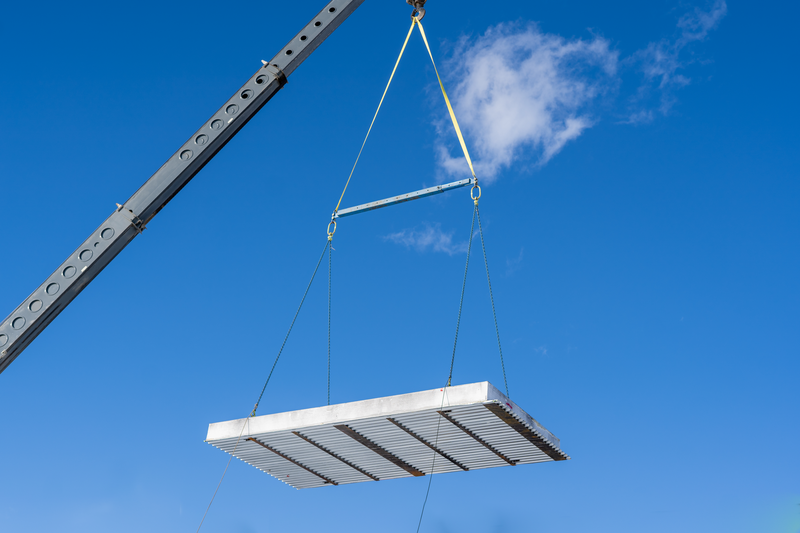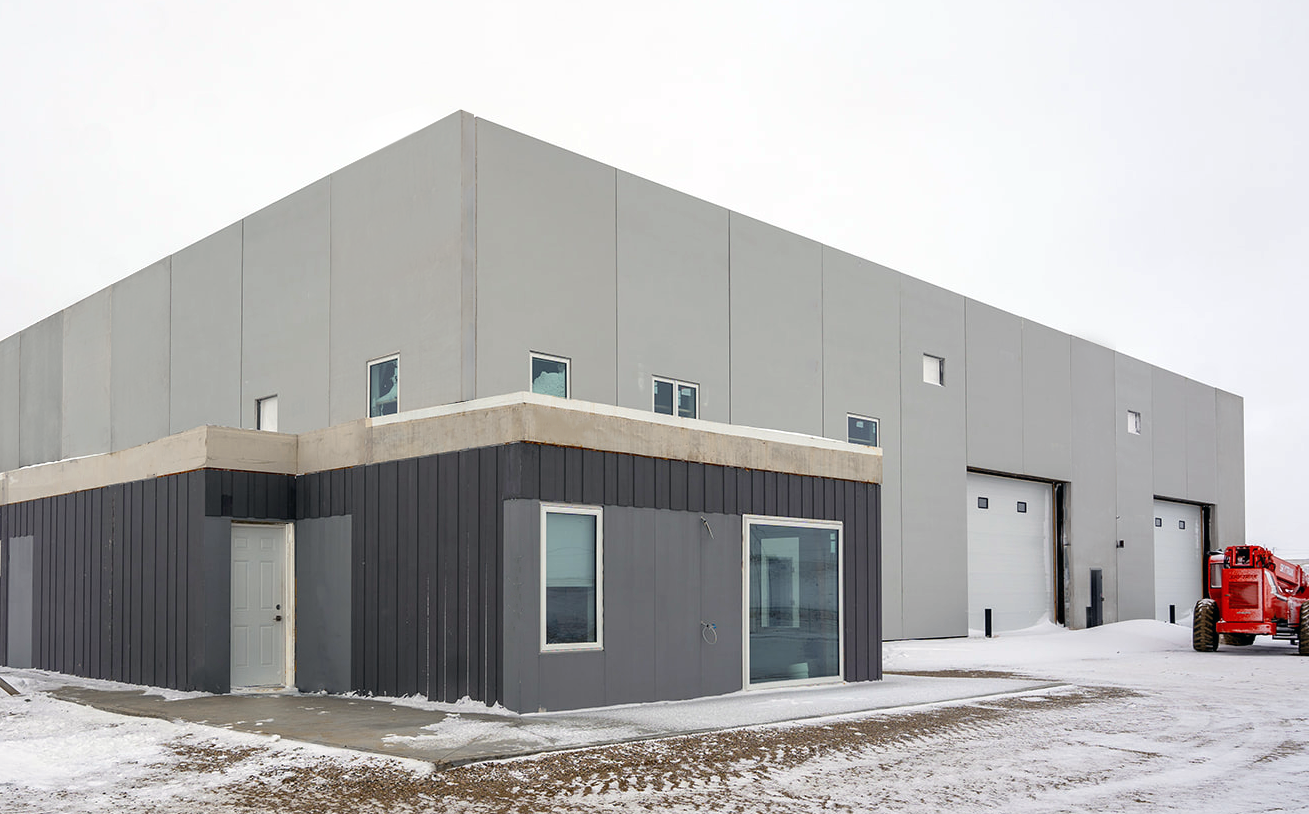Near zero waste
Panels manufactured offsite and assembled onsite, reducing onsite waste for Nexii's scope of work to near zero
Office building disassembled, transported and reconstructed within four days at a new site location
Panels manufactured offsite and assembled onsite, reducing onsite waste for Nexii's scope of work to near zero
New wall and roof panels integrate with original components, extending existing building footprint by 75%.
Precision manufactured to building design specifications then shipped to site. Two-day deconstruction of building, two-date reconstruction for second life.
Mechanical connection details between Nexii panels and ease of access facilitate deconstruction.
The original construction of this building was in 2019 and two years later it was disassembled, transported to the new site and reconstructed in four days.
Nexii successfully deconstructed and reassembled this early-design showroom that now serves as an office space. The showroom was deconstructed in two days (the walls in just two hours), transported to a new site, and reconstructed in a further two days. The office is located adjacent to a 21,000 sq.ft. Metro Manufacturing building, also constructed from Nexii panels, based in Moose Jaw, Saskatchewan. Nexii’s adaptable and flexible panelized technology allowed for a seamless interface with the Metro industrial building.

The Metro Office building was reconstructed with an addition of 4 new wall panels and 2 new roof panels, adding 466 square feet to the building. In addition to adding new panels to the building, panel cavities were filled with triple-glazed windows to improve thermal performance.
The capability for adaptive reuse was successfully piloted with seamless additions to the building floor plan, increasing the building area by 75%. Additional changes include the installation of a hydronic heating system, a new door opening, and use of a slab-on-grade foundation versus the original stem panel foundation system.

Compared to a project tear-down and new build, the Metro Office building demonstrated significant waste savings. On-site waste was limited to the caulked seals within panels, which could fit into two 5-gallon buckets. In comparison, on an
equivalent conventional construction site, a 6-yard garbage bin would typically be used to haul away waste materials.
Designing Nexii buildings for deconstruction and reuse reduces material use (and associated waste and carbon emissions), lowers costs for the owner, and preserves the value of Nexii products beyond their first life.